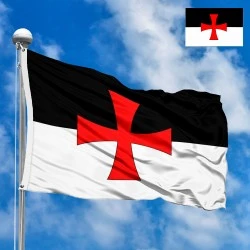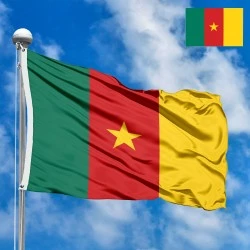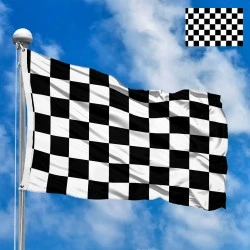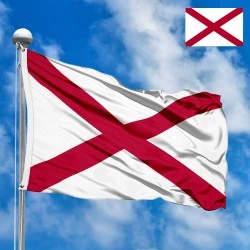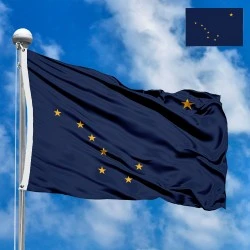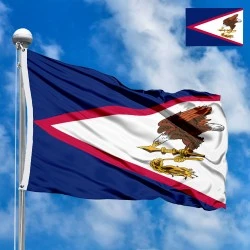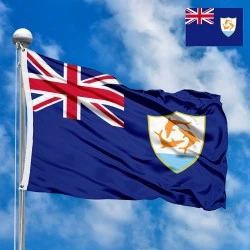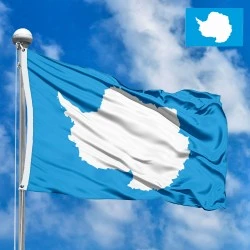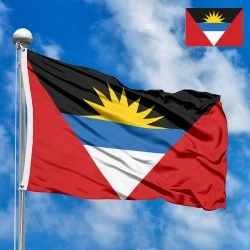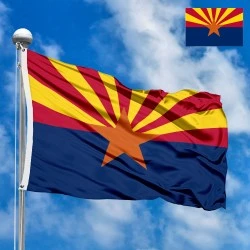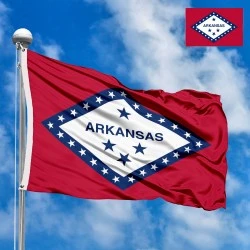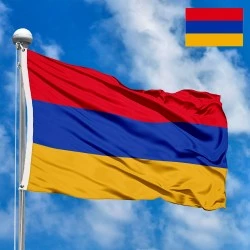Flag of the Kingdom of Jerusalem
- Flag Type: Historical
- Proportions (official): N/A
- Official name: Kingdom of Jerusalem
- Local name: Regnum Hierosolymitanum
- Sovereignty (year): YES (1099–1291)
- Capital: Jerusalem (1099–1187), Acre (1191–1291)
- Large cities: Acre, Tyre, Tripoli, Jaffa
- Population: 100,000–150,000 (12th century, estimate)
- Religions: Christianity (Catholicism), Islam, Judaism
- Area (km²): ~60,000 (at its peak)
- Currency: Byzantine bezant, local coinage
- Languages: Latin, Old French, Arabic
Flag Information
General information
Demography and Culture
Economy and communications
- All Flags
- Flags of Countries by Continent
-
Flags of Organizations
- Flags of UN countries
- Flags of the European Union countries
- Flags of NATO countries
- Flags of the countries of the Organization of Islamic Cooperation
- Flags of the countries of the Organization of American States
- Flags of the Arab League countries
- Flags of the African Union countries
- Flags of the countries of the Union of South American Nations
- Flags of the Commonwealth of Nations
- Flags of the countries of the Secretariat of the Pacific Community
- Flags of the Nordic Council countries
- Flags of the Caribbean Community
- Flags of the countries of the Association of Southeast Asian Nations
- Flags of the East African Community
- Flags of the countries of the Organization of Turkic States
- LGBT Community Flags
- Historical Flags
- Ethnic Flags
- Flags of the USA (states)
Description
The flag of the Kingdom of Jerusalem is one of the most unique and historically significant banners from the medieval period, deeply intertwined with the history of the Crusades and the establishment of Christian rule in the Holy Land. It is a powerful emblem that, more than any other, symbolizes the ambition, faith, and complex identity of the Crusader states. The flag's striking design and its defiance of heraldic norms make it a fascinating subject for study.
Design and Symbolism
The flag of the Kingdom of Jerusalem is instantly recognizable for its intricate and religiously symbolic design. It features a large gold/yellow central cross potent, with four smaller gold/yellow crosslets in each of the quadrants. The crosses are placed on a white/silver field.
-
The Five Crosses: The most widely accepted interpretation of the five crosses is that the large central cross represents Christ, while the four smaller crosslets symbolize the four Evangelists (Matthew, Mark, Luke, and John) or the spread of the Gospel to the four corners of the Earth from Jerusalem, the spiritual center of Christianity.
-
The Colors: The choice of colors is deeply symbolic. The crosses are gold (or) and the field is white (argent). Gold and silver are precious metals, and their use together on the flag symbolizes the Holy Land as a land of great spiritual value. However, this design famously violates the heraldic rule of tincture, which forbids placing metal on metal. This deliberate violation is often seen as a statement of the Kingdom's divine and sovereign status, placing it above earthly rules.
History of Creation and Adoption
The flag's origins are closely tied to the aftermath of the First Crusade (1099). After the capture of Jerusalem, the first ruler of the new kingdom, Godfrey of Bouillon, is said to have adopted the design. Another theory attributes its formal adoption to his brother, Baldwin I, upon his ascension as the first King of Jerusalem. The flag served as the primary banner of the kingdom from its foundation until its ultimate demise. It flew over the fortified cities of the Levant and was carried into battle against the forces of Saladin and other Islamic rulers. Even after the fall of the Kingdom of Jerusalem in 1291, the flag was symbolically used by various European nobles who claimed the title of King of Jerusalem, and it continues to be used today by the modern Order of the Holy Sepulchre.
Flag Size and Proportions
Like most flags of the medieval era, there were no standardized sizes or proportions for the banner of the Kingdom of Jerusalem. Banners were typically made from silk or linen and their dimensions varied widely based on their use—whether they were carried by a knight, flown from a castle tower, or affixed to a naval vessel. The design of the five crosses was the key element that remained consistent.
The Kingdom and its Meaning for its People
For the inhabitants of the Crusader states, the flag was more than just a symbol of their government. It was a potent emblem of their religious mission and the legitimacy of their presence in the Holy Land. For the Christian population, it represented the triumph of their faith and the establishment of a new, sacred kingdom. For the Knights and soldiers, it was a symbol of their divine purpose in defending the holy sites and their commitment to a cause greater than themselves. The flag was a unifying symbol for a diverse population of European settlers, pilgrims, and native Christians, creating a unique identity that distinguished them from both the Eastern Christian powers and the Islamic world surrounding them.
Interesting Facts
-
The unusual arrangement of a large central cross with four smaller crosslets is known as the "Jerusalem Cross" or "Crusader's Cross" and is still a popular Christian symbol today.
-
The violation of the heraldic rule of tincture (gold on silver) is one of the most famous examples of such a deviation in history, intentionally done to signify the Kingdom's special status.
-
During the Crusades, the symbol was often worn on tunics and shields by knights as a sign of their pilgrimage and their commitment to the holy war.
-
The flag's design is still used in the heraldry of various royal families and institutions that claim a historical link to the Kingdom of Jerusalem, underscoring its lasting legacy.
The flag of the Kingdom of Jerusalem is a magnificent piece of historical symbolism, representing a unique and turbulent chapter in the history of the Middle East and a profound expression of medieval European religious and military identity.
In the demonstration images, full-size flags are shown with proportions of 2:3, and hand-held flags with proportions of 1:2.
Donation
Download
Completely free for commercial and non-commercial use (public domain).
You can freely use them in your news magazines, websites, software, mobile applications.
We appreciate a backlink to https://flagssite.com
Raster files - Flag of the Kingdom of Jerusalem (PNG, JPG)
 Waving flag
Waving flag
- PNG format (transparent background), 72dpi, dimensions in Pixels (px), aspect ratio 3:4.
- 15х20 px
- 30х40 px
- 60х80 px
- 120x160 px
- 240x320 px
 Sizes:
Sizes:
"v15" - image size (by height); if necessary, replace with available: v15, v30, v60, v120, v240.
!!! For resizing, use the Latin (eng) keyboard layout.
<img src="https://flagssite.com/flags/v15/20917.png" alt="Flag of the Kingdom of Jerusalem">
 Round flag
Round flag
- PNG format (transparent background), 72dpi, dimensions in Pixels (px), aspect ratio 1:1.
"d15" - image size (diameter); if necessary, replace with available: d15, d30, d60, d120, d240.
!!! For resizing, use the Latin (eng) keyboard layout.
<img src="https://flagssite.com/flags/d15/20917.png" alt="Flag of the Kingdom of Jerusalem">
 Rectangular flag 2:3
Rectangular flag 2:3
- JPG format, 72dpi, dimensions in Pixels (px), aspect ratio 2:3.
"h30" - image size (by height); if necessary, replace with available: h15, h30, h60, h120, h240, h360, h480.
!!! For resizing, use the Latin (eng) keyboard layout.
<img src="https://flagssite.com/flags/h30/20917.jpg" alt="Flag of the Kingdom of Jerusalem">


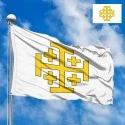

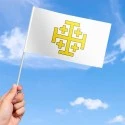

 Sizes:
Sizes:
 Sizes:
Sizes:
